Home>Storage Ideas>Kitchen Storage>Should A Kitchen Floor Match Countertops? Expert Explain
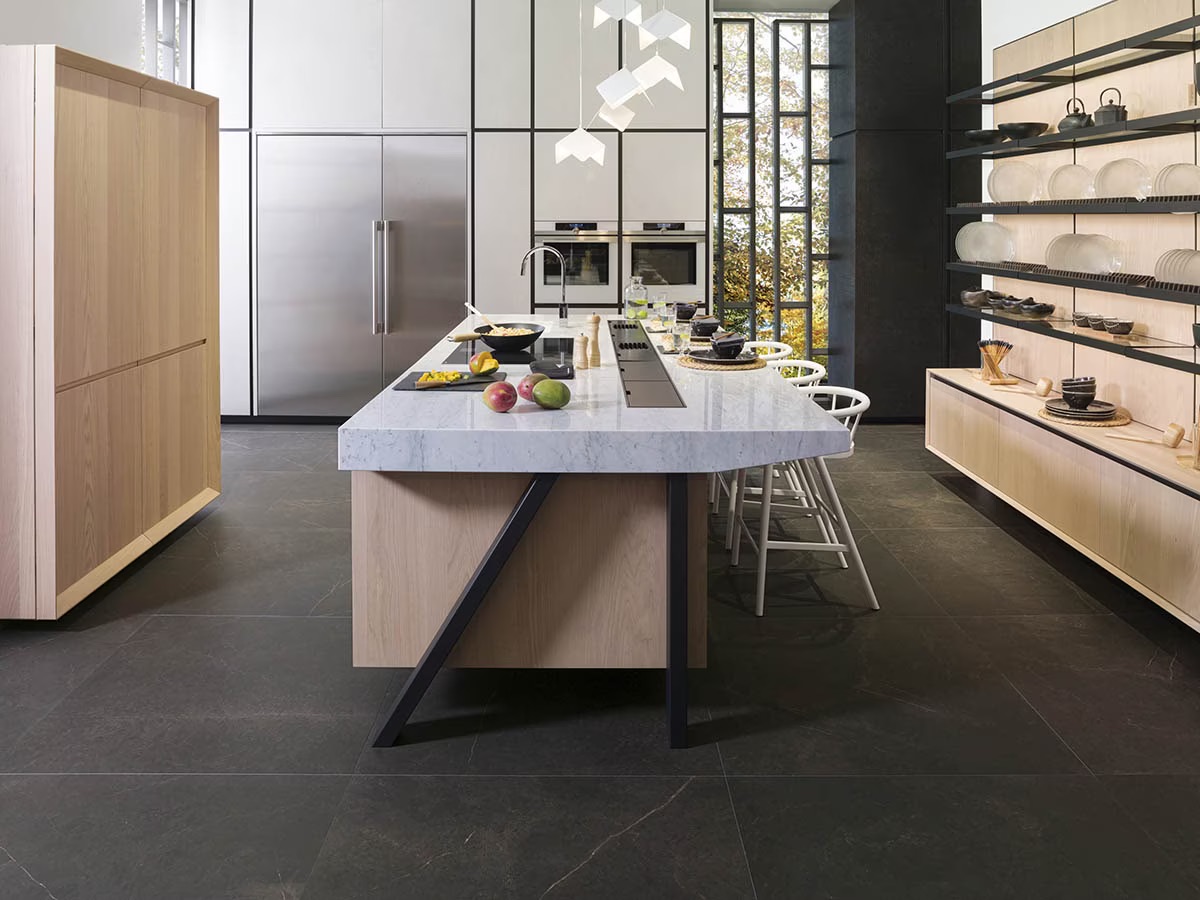

Kitchen Storage
Should A Kitchen Floor Match Countertops? Expert Explain
Modified: December 7, 2023
Discover why matching your kitchen floor with your countertops is a smart design choice. Get expert kitchen storage ideas and tips to create a cohesive and functional space.
(Many of the links in this article redirect to a specific reviewed product. Your purchase of these products through affiliate links helps to generate commission for Storables.com, at no extra cost. Learn more)
Introduction
When it comes to designing a kitchen, every decision counts. From the color of the walls to the style of cabinets, each element contributes to the overall aesthetic and functionality of the space. One important consideration that often arises is whether the kitchen floor should match the countertops.
Matching the kitchen floor and countertops can create a sense of harmony and cohesiveness in the design, resulting in a visually appealing and balanced space. However, this design choice is not without its challenges, and there are factors to consider before making a final decision.
In this article, we will explore the reasons why matching the kitchen floor and countertops can be a favorable choice. We will also delve into the practical aspects of this decision, such as the selection of appropriate materials and maintenance considerations. To provide further insights, we’ll include expert opinions from professionals in the field.
Whether you are in the midst of a kitchen remodel or simply looking for design inspiration, read on to discover the pros and cons of matching your kitchen floor and countertops.
Key Takeaways:
- Matching the kitchen floor and countertops can create design consistency, visual appeal, and practical benefits. Consider durability, personal style, and exceptions for a cohesive and personalized kitchen design.
- While matching the floor and countertops offers unity and balance, exceptions like contrast and budget constraints provide opportunities for unique and visually appealing kitchen designs. Balance expert advice with personal creativity for a stunning kitchen space.
Reasons to Match Kitchen Floor and Countertops
Matching the kitchen floor and countertops can be a powerful design choice that brings numerous benefits to your space. Let’s explore some of the key reasons why homeowners and designers opt for this cohesive look.
- Design Consistency: By choosing the same material or color palette for both the kitchen floor and countertops, you can create a sense of design consistency throughout the space. This consistency can help tie the overall look of your kitchen together, making it visually appealing and inviting.
- Creating a Unified Look: When the floor and countertops match, they form a seamless transition between the two surfaces, resulting in a coherent and harmonious aesthetic. This unified look can make your kitchen appear more expansive and well-coordinated.
- Enhancing the Visual Appeal: Matching the floor and countertops can enhance the visual appeal of your kitchen by creating a focal point or a statement piece. For example, if you have a striking countertop material like marble or granite, extending that material to the floor can make a bold and elegant statement.
- Practical Considerations: From a practical standpoint, matching the kitchen floor and countertops can make cleaning and maintenance easier. When the materials are the same, any spills or messes on the countertop can easily be wiped onto the floor, eliminating the need for separate cleaning approaches.
- Durability and Maintenance: Choosing the same material for both the floor and countertops can ensure consistency in terms of durability and maintenance. For instance, if you select a stain-resistant material for your countertops, extending that material to the floor will provide the same level of durability and ease of cleaning.
These reasons demonstrate how matching the kitchen floor and countertops can have a significant impact on the overall look and functionality of your kitchen. However, it’s important to note that this design choice may not be suitable for every kitchen, as individual preferences and practical considerations vary. Let’s explore the practical aspects of this decision in the next section.
Design Consistency
When it comes to creating a cohesive and aesthetically pleasing kitchen design, consistency is key. Matching the kitchen floor and countertops is an effective way to achieve design consistency and ensure that all elements in the space work together harmoniously.
By selecting the same material or color palette for both the floor and countertops, you create a visual connection that ties the entire kitchen together. This consistency helps to create a sense of unity and balance, making the space feel well-coordinated and intentional.
For example, if you have chosen a sleek and modern kitchen design, opting for matching countertops and floor in a monochromatic palette can enhance the contemporary aesthetic. The seamless transition from the floor to the countertops creates a clean and cohesive look, contributing to the overall style of the kitchen.
Similarly, if you have a more rustic or traditional kitchen design, matching the floor and countertops in warm earth tones or natural materials can enhance the cozy and inviting atmosphere. The consistency in material and color choices creates a sense of authenticity and charm.
Design consistency extends beyond just the material or color, but also the style and texture of the floor and countertops. For instance, if you have chosen a marble countertop with distinctive veining, extending that same type of marble as the flooring can create a stunning and cohesive design statement.
Creating design consistency through matching the kitchen floor and countertops can also have practical benefits. It helps to visually organize the space and create a sense of order, making it easier to navigate and work in the kitchen. It also allows other design elements, such as the backsplash or cabinet color, to stand out and be a focal point, rather than competing with mismatched flooring and countertops.
It’s important to note that design consistency does not mean everything in the kitchen needs to match perfectly. There is still room for creativity and personalization. You can introduce variation and interest through other design elements such as lighting, accessories, or decorative accents. Finding the right balance between consistency and individual expression is key to achieving a well-designed and visually pleasing kitchen.
Now that we’ve explored the importance of design consistency, let’s dive into creating a unified look by matching the kitchen floor and countertops.
Creating a Unified Look
When it comes to kitchen design, creating a unified look is essential for a cohesive and visually appealing space. One effective way to achieve this is by matching the kitchen floor and countertops, as it creates a seamless transition between the two surfaces and enhances the overall design.
Matching the floor and countertops helps to establish a sense of continuity and flow in the kitchen. When the materials or colors of both elements align, it creates a harmonious and balanced composition that visually connects different areas of the space.
For example, if you have chosen a granite countertop with a unique pattern and color variation, extending that same granite to the floor can create a stunning unified look. This design choice allows the eye to effortlessly travel from the countertops to the floor, creating a cohesive visual experience.
Matching the floor and countertops also helps to establish focal points in the kitchen. By using the same material or color scheme in both areas, you can draw attention and create a focal point that anchors the design. This can be particularly effective if you have a statement countertop material or a beautifully patterned tile floor.
Furthermore, a unified look created by matching the kitchen floor and countertops can make the space feel more spacious and open. The seamless transition between the two surfaces eliminates any visual barriers and gives the illusion of a larger area. This is especially beneficial for smaller kitchens or those with limited natural light.
In addition to visual unity, matching the floor and countertops can enhance the functional aspects of the kitchen. For instance, if you frequently prepare meals on the countertop, having the same material extend to the floor allows for easier clean-up. Any spills or messes can be easily wiped onto the floor without worrying about damage or discoloration.
It’s important to consider the overall aesthetic and style of your kitchen when creating a unified look. While matching the floor and countertops can be a powerful design choice, it’s essential to ensure that it complements the other elements in the space. Consider factors such as cabinetry, backsplash, and overall color scheme to ensure harmony and balance.
Ultimately, creating a unified look through matching the kitchen floor and countertops enhances the overall design, creates focal points, and promotes a sense of cohesion. However, it’s important to consider practical considerations as well, such as durability and maintenance. We will delve into these aspects in the upcoming sections.
Enhancing the Visual Appeal
Matching the kitchen floor and countertops is not only a practical choice but can also significantly enhance the visual appeal of your kitchen. When the two elements coordinate seamlessly, it creates a cohesive and visually pleasing space that leaves a lasting impression.
One of the key benefits of matching the kitchen floor and countertops is the ability to create a focal point or a statement piece. If you have chosen a stunning and unique countertop material such as marble, by extending that material to the floor, you can create a visually striking feature that immediately captures attention.
For example, a floor and countertop crafted from the same marble can create a luxurious and sophisticated look. The uniformity of the material elevates the overall aesthetic and adds a touch of elegance to the kitchen. It provides a sleek and seamless design that becomes the centerpiece of the space.
Matching the floor and countertops can also help create a sense of spaciousness in the kitchen. When the materials and colors are the same or closely related, it visually expands the area and eliminates any visual disruptions. This is especially beneficial for smaller kitchens or those with limited natural light, as it creates an open and airy feel.
Additionally, coordinating the floor and countertops can enhance the overall cohesiveness and balance of the kitchen design. It avoids any jarring contrasts and ensures that all the elements work harmoniously together. This creates a sense of unity and professionalism in the space, making it visually appealing and inviting.
Another aspect of enhancing the visual appeal is considering the texture and finish of the floor and countertops. If you have opted for a polished granite countertop, extending that polished finish to the floor can create a luxurious and seamless look. Conversely, if you prefer a matte or textured surface, carrying that texture through to the floor can add depth and visual interest.
It’s important to consider the overall design style and aesthetic of your kitchen when choosing to match the floor and countertops. Different materials and colors will have different effects, so it’s essential to select ones that complement the overall theme. Whether you’re aiming for a contemporary, traditional, or eclectic design, matching the floor and countertops can enhance the visual appeal and tie the entire space together.
While enhancing the visual appeal is undoubtedly important, it’s crucial to also consider the practical aspects of matching the kitchen floor and countertops. Next, we’ll explore how durability and maintenance play a significant role in this decision.
Practical Considerations
While the visual appeal may be a primary consideration, it’s also essential to evaluate the practical aspects of matching the kitchen floor and countertops. Several factors come into play when making this decision, including durability, maintenance, and functionality.
Durability: The durability of both the flooring and countertops is crucial, as the kitchen is a high-traffic area that is prone to spills, stains, and heavy use. It’s important to choose materials that can withstand the demands of daily cooking and meal preparation. When you match the floor and countertops using the same material or similar materials, you ensure consistency in terms of durability. For example, if you have chosen a quartz countertop known for its resistance to scratches and stains, extending that same material to the floor will provide the same level of durability and ease of maintenance.
Maintenance: Matching the kitchen floor and countertops can simplify the maintenance process. When the materials are the same or closely related, cleaning becomes more efficient and straightforward, as you don’t have to worry about different cleaning techniques for each surface. For instance, if you have a tiled countertop and flooring, you can use the same cleaning products and techniques for both, eliminating any confusion or extra effort. This can save both time and effort in your regular cleaning routine.
Functionality: Another practical consideration is the functionality of the kitchen. Consider how you use the space and the specific activities that take place in the kitchen. If you frequently work with ingredients that can stain or damage certain materials, opting for a matching floor and countertop made from a robust and easy-to-clean material can be advantageous. Additionally, matching surfaces can provide a seamless transition for food preparation, allowing you to move items more easily from the countertop to the floor if needed.
It’s important to assess the specific needs of your household when considering the practical aspects of matching the kitchen floor and countertops. Factors such as the presence of pets, young children, or individuals with mobility challenges may influence the material choices. Consulting with a professional, such as an interior designer or contractor, can provide valuable insights and help you make informed decisions.
While matching the floor and countertops can offer practical benefits, it’s also important to consider any notable exceptions and situations where this design choice may not be the most suitable. We’ll explore these exceptions in the next section.
No, a kitchen floor does not need to match countertops. In fact, having contrasting colors and materials can create visual interest and depth in the space. Consider choosing complementary colors and materials for a cohesive look.
Durability and Maintenance
When it comes to selecting materials for your kitchen floor and countertops, durability and maintenance are crucial factors to consider. The kitchen is a high-traffic area that experiences frequent use, spills, and potential damage, so it’s essential to choose materials that can withstand the demands of daily life.
Durability: Matching the floor and countertops using the same material or similar materials can ensure consistency in terms of durability. This means that the surfaces will have similar resistance to scratches, stains, heat, and other potential sources of damage. For example, if you opt for a quartz countertop known for its durability and resistance to scratches and stains, extending that same material to the floor ensures that both surfaces will be equally resilient.
Similarly, if you choose a hardwood or tile flooring that can withstand heavy foot traffic and is resistant to moisture and spills, it’s beneficial to extend that material to the countertops for a cohesive and durable design.
Maintenance: Matched floor and countertops can simplify the maintenance process. When the materials are the same or closely related, cleaning becomes more efficient and straightforward since you can use the same cleaning products and techniques for both surfaces. This eliminates any confusion or extra effort required to maintain different materials separately.
Consider materials that are known for being easy to clean and maintain, such as quartz or porcelain tile. These materials are non-porous and resistant to stains, making them relatively low-maintenance options. By extending these materials to both the floor and countertops, you create a consistent and streamlined cleaning routine.
It’s important to note that different materials have different maintenance requirements, so it’s essential to follow the manufacturer’s guidelines and recommendations for cleaning and maintenance. This will help ensure the longevity and beauty of both the floor and countertops.
Additionally, consider factors such as sealing requirements and potential vulnerabilities of certain materials. Some materials, like natural stone, may require periodic sealing to protect against moisture and stains. It’s crucial to understand these requirements and factor them into your decision-making process.
When selecting materials for your kitchen floor and countertops, durability and maintenance should be at the forefront of your considerations. Take into account the specific needs and demands of your household, as well as your lifestyle and preferences, to choose materials that will withstand the test of time and provide ease of maintenance.
In the next section, we’ll discuss notable exceptions to matching the kitchen floor and countertops, as there are situations where this design choice may not be the most suitable.
Choosing the Right Materials
When it comes to matching the kitchen floor and countertops, selecting the right materials is essential. The materials you choose will not only impact the visual appeal of your kitchen but also its durability, functionality, and overall aesthetic. Here are some factors to consider when choosing materials for the floor and countertops:
1. Compatibility: The materials you choose should be compatible with the specific needs of your kitchen. Consider factors such as heat resistance, stain resistance, and durability. For example, if you frequently cook and bake at high temperatures, it’s important to select a countertop material that can withstand heat, such as quartz or granite. Make sure the chosen material is suitable for both the countertops and flooring.
2. Style and Aesthetic: Consider the overall style and aesthetic you want to achieve in your kitchen. Do you prefer a modern and sleek look or a more rustic and traditional style? Different materials can help you achieve different looks. For example, pairing marble countertops with marble flooring can create an elegant and luxurious feel, while a combination of wood countertops and tile flooring can give your kitchen a warm and inviting atmosphere.
3. Maintenance: Evaluate the maintenance requirements of the materials you are considering. Some materials, like quartz and porcelain tile, are relatively low maintenance and easy to clean. Others, such as natural stone, may require periodic sealing and more specific care. Consider how much time and effort you are willing to invest in maintaining the materials over the long term.
4. Budget: Set a budget and consider the cost of both the flooring and countertops. Some materials, such as marble or hardwood, tend to be more expensive, while others like laminate or ceramic tile are more budget-friendly. Be mindful of your budget while still prioritizing the quality and suitability of the materials.
5. Personal Preference: Ultimately, your personal preference plays a significant role in selecting the materials. Consider which materials resonate with your style and taste. Look for inspiration in kitchen design magazines, online resources, and even visiting showrooms to get a sense of the materials’ look and feel.
It’s important to do thorough research and consult with professionals such as interior designers, contractors, or material suppliers to get expert advice on the best materials for your specific needs. They can provide insights on different options, their strengths, maintenance requirements, and potential limitations.
By carefully considering factors such as compatibility, style, maintenance, budget, and personal preference, you can choose the right materials for matching the kitchen floor and countertops. This will result in a visually appealing, functional, and durable kitchen that you can enjoy for years to come.
In the next section, we’ll explore notable exceptions where matching the kitchen floor and countertops may not be the most suitable choice.
Notable Exceptions
While matching the kitchen floor and countertops can create a cohesive and visually appealing design, there are situations where this design choice may not be the most suitable. Here are some notable exceptions to consider:
1. Contrast and Visual Interest: In some cases, creating contrast between the floor and countertops can enhance the overall design. Contrasting colors or materials can add visual interest and depth to the kitchen. For example, pairing light-colored countertops with dark flooring can create a striking and dramatic effect. This approach works particularly well in contemporary or eclectic kitchen designs where contrast is embraced and celebrated.
2. Small or Limited Space: In small kitchens or those with limited natural light, matching the floor and countertops may not be the best choice. By opting for contrasting materials or colors, you can create visual separation and depth, making the space appear larger and more dynamic. For instance, a light-colored countertop paired with a darker flooring can create a sense of depth and openness in a compact kitchen.
3. Design Feature: In some cases, you may want the floor or countertops to be the standout design feature. If you have a visually striking or unique countertop material, you may choose to keep the floor neutral or toned down to allow the countertops to take center stage. This approach allows for a focal point in the kitchen and can make a bold design statement.
4. Budget Constraints: Matching the floor and countertops can be more costly, especially if you choose high-end materials. If you have budget constraints but still want a visually pleasing kitchen, you can mix and match materials that complement each other. For example, you can opt for a cost-effective laminate countertop and pair it with a budget-friendly ceramic tile floor. This allows you to create a cohesive look while keeping costs under control.
5. Creative Expression: Ultimately, your kitchen design should reflect your personal style and creative expression. While there are guidelines to follow, don’t be afraid to break the rules and choose materials that speak to your individuality. Mixing and matching different materials or incorporating unique patterns and textures can result in a one-of-a-kind kitchen design.
It’s important to remember that design is subjective, and there are no hard and fast rules when it comes to matching the kitchen floor and countertops. The exceptions mentioned here provide alternative approaches that can still result in a visually appealing and functional kitchen.
Consider your specific space, personal preferences, and the overall style you want to achieve when making design decisions. Consulting with professionals or seeking advice from interior designers can also help you navigate the exceptions and make informed choices.
Now that we’ve explored notable exceptions, let’s gather some professional insights and expert opinions on matching the kitchen floor and countertops in the next section.
Professional Insights and Expert Opinions
When it comes to matching the kitchen floor and countertops, gathering insights from professionals in the field can provide valuable guidance and insights. Here are some perspectives from experts in kitchen design:
1. Sarah Collins, Interior Designer: “Matching the floor and countertops can create a seamless and cohesive look in a kitchen. It brings together the different elements of the space and creates a visual harmony. However, it’s important to consider the practicality of the materials and how well they can withstand the demands of a kitchen environment.”
2. John Anderson, Kitchen Contractor: “I often recommend matching the floor and countertops as it creates a unified look that enhances the overall aesthetic. It also simplifies maintenance since you don’t have to deal with different cleaning routines for each surface. However, in some cases, contrasting materials can be a great design choice, especially if you want to add visual interest or highlight a specific element in the kitchen.”
3. Elizabeth Bennett, Interior Design Consultant: “Matching the floor and countertops can be an effective way to achieve a cohesive design. It helps create a sense of unity and balance in the space. However, it’s important to consider the overall style and personal preferences. Sometimes, mixing and contrasting materials can add depth and create a unique and personalized kitchen design.”
4. Michael Lee, Kitchen Remodeler: “In my experience, matching the floor and countertops can create a polished and luxurious look. It’s especially effective when you have a visually striking countertop material that you want to extend to the floor. However, it’s crucial to ensure that the materials are durable and suitable for the kitchen environment to withstand everyday use.”
5. Lisa Thompson, Kitchen Designer: “Matching the floor and countertops can be a safe choice that ensures design consistency. It creates a sense of flow and cohesiveness in the space. However, there are no hard rules in design, and sometimes breaking the norm can result in beautiful and unique kitchens. It ultimately depends on the homeowner’s preferences and the overall style they want to achieve.”
These professional insights highlight the pros and cons of matching the kitchen floor and countertops and the importance of considering factors such as durability, maintenance, personal style, and budget. It’s clear that while matching the two surfaces can create a cohesive and visually pleasing design, there is room for personal creativity and exceptions depending on the unique needs and preferences of each homeowner.
Remember, when making design choices for your kitchen, it’s essential to find a balance between following expert advice and infusing your own style and personality to create a space that truly reflects you.
With all these insights in mind, let’s conclude our discussion on matching the kitchen floor and countertops in the next section.
Conclusion
Matching the kitchen floor and countertops can be a design choice that brings numerous benefits to your space. It can create a sense of harmony and cohesiveness, enhance the visual appeal, and simplify maintenance. However, it’s important to consider individual preferences and practical considerations before making a final decision.
Design consistency is one of the primary reasons to match the kitchen floor and countertops. By selecting the same material or color palette for both elements, you can achieve a unified look that ties the space together. This consistency creates visual balance and a sense of order in the kitchen design.
Creating a unified look through matching the floor and countertops enhances the visual appeal of the kitchen. It can create a focal point, make the space appear larger, and add an element of sophistication or warmth, depending on the chosen materials.
Practical considerations, such as durability and maintenance, are also important factors to take into account. Selecting materials that can withstand daily use and are easy to clean can simplify maintenance tasks and ensure longevity. Additionally, personal preferences, budget constraints, and the specific needs of your household should be considered when choosing materials.
While matching the kitchen floor and countertops is a popular and effective design choice, there are notable exceptions to consider. Contrasting materials can add visual interest, especially in smaller spaces, or when you want to highlight specific design elements. Creative expression and personal style should also be taken into account to create a kitchen that reflects your individuality.
Professional insights and expert opinions highlight the benefits of matching the floor and countertops, as well as the importance of practicality and personalization. Ultimately, finding the right balance between following expert advice and infusing your own style is crucial to creating a kitchen that you love.
Whether you choose to match the kitchen floor and countertops or decide on a contrasting design, remember to select materials that meet your needs, suit your style, and enhance the functionality of your kitchen. With careful consideration and attention to detail, you can create a stunning and functional kitchen space that you will enjoy for years to come.
So, go ahead and explore the possibilities, gather inspiration, and create a kitchen that reflects your unique taste and lifestyle!
Frequently Asked Questions about Should A Kitchen Floor Match Countertops? Expert Explain
Was this page helpful?
At Storables.com, we guarantee accurate and reliable information. Our content, validated by Expert Board Contributors, is crafted following stringent Editorial Policies. We're committed to providing you with well-researched, expert-backed insights for all your informational needs.
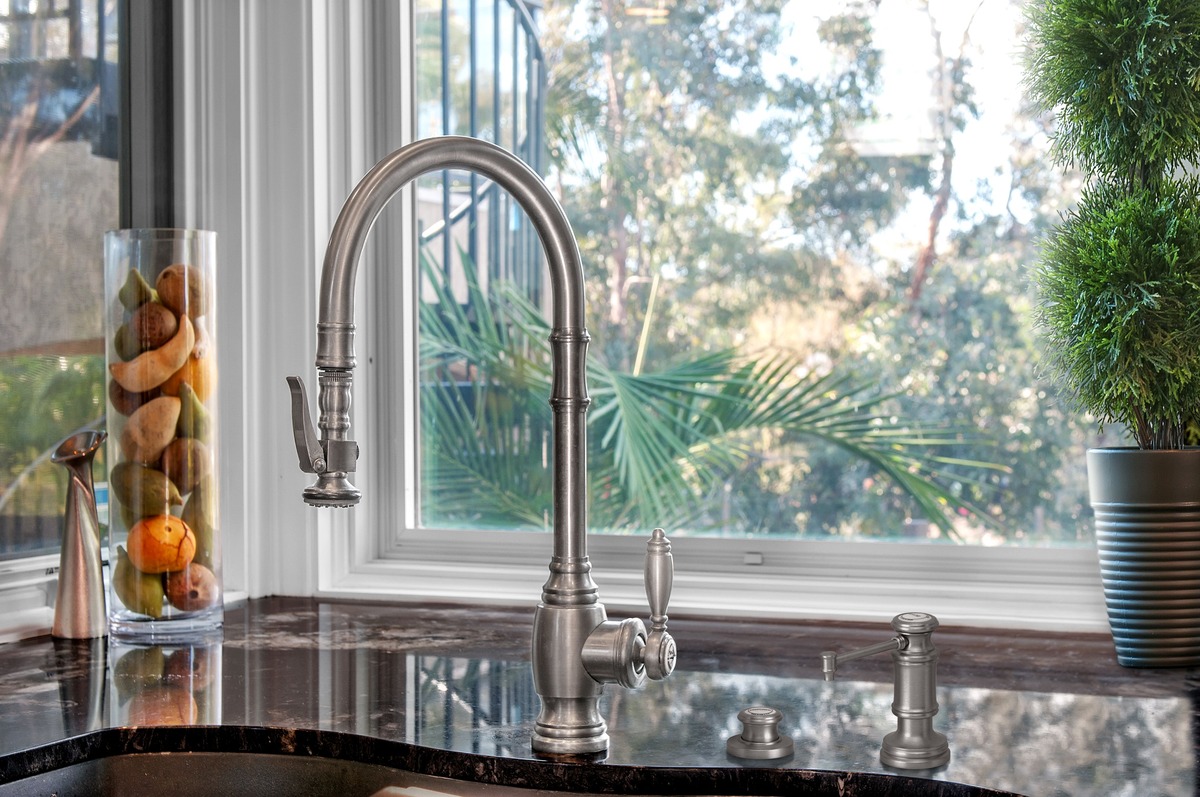
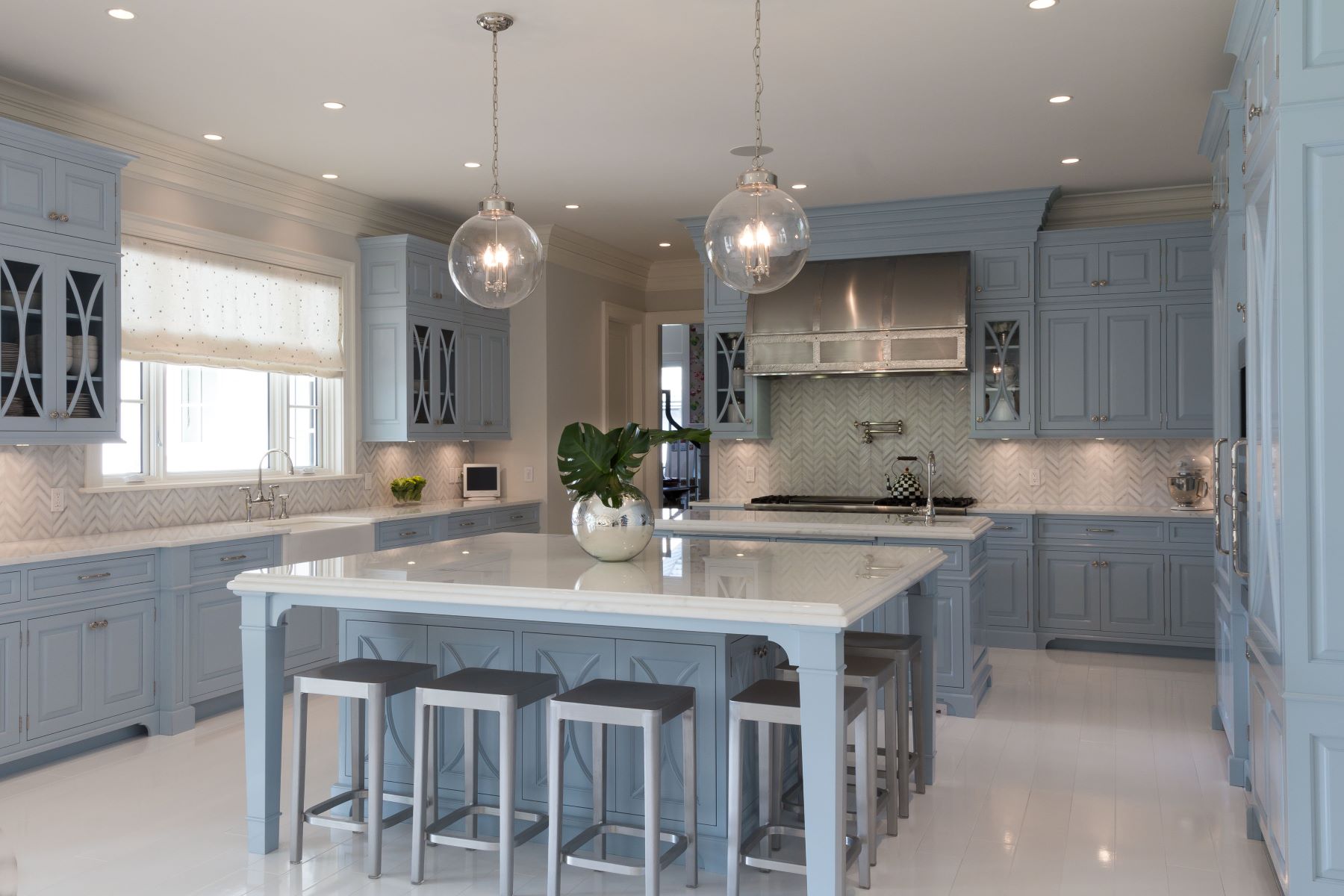
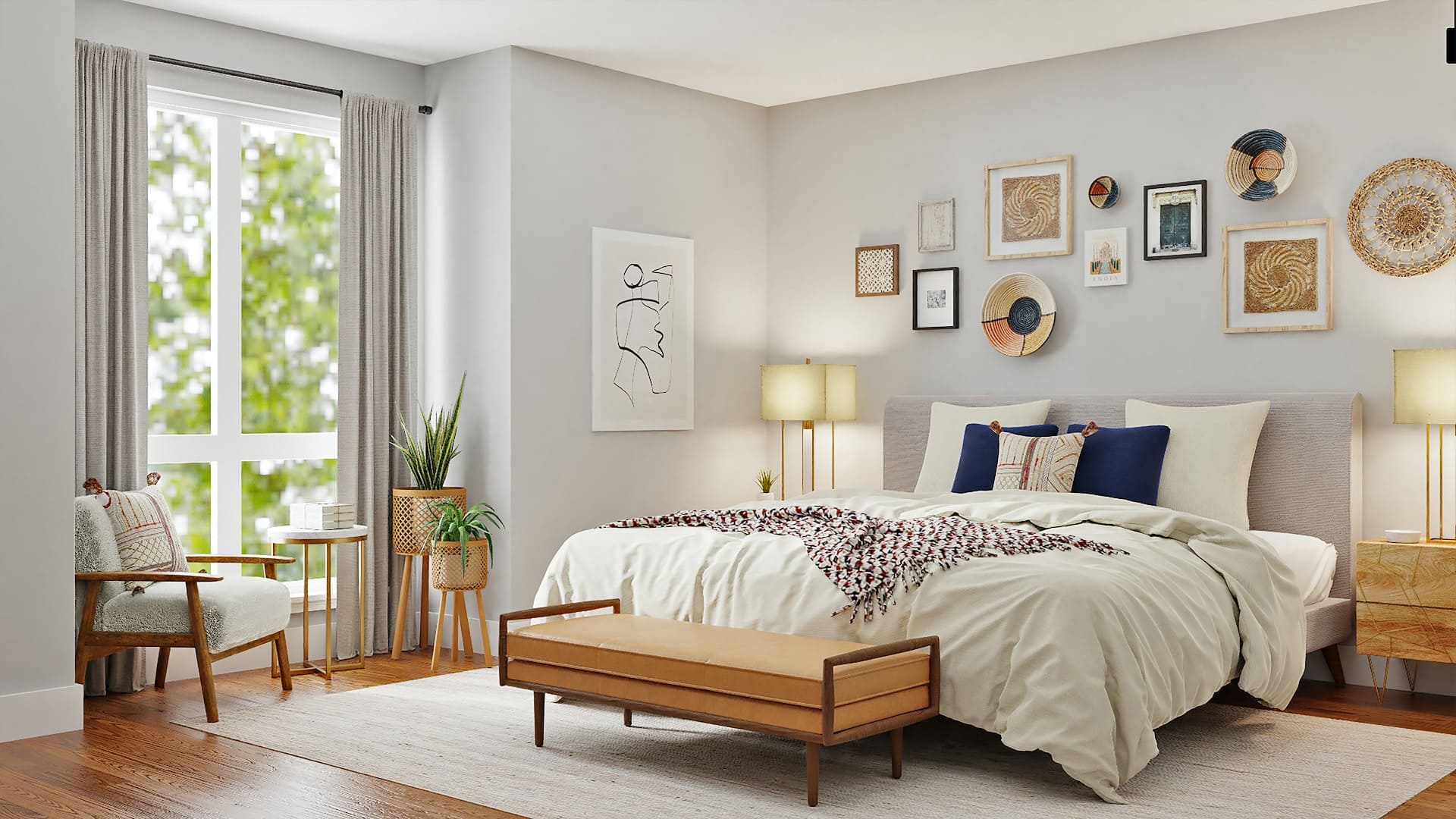
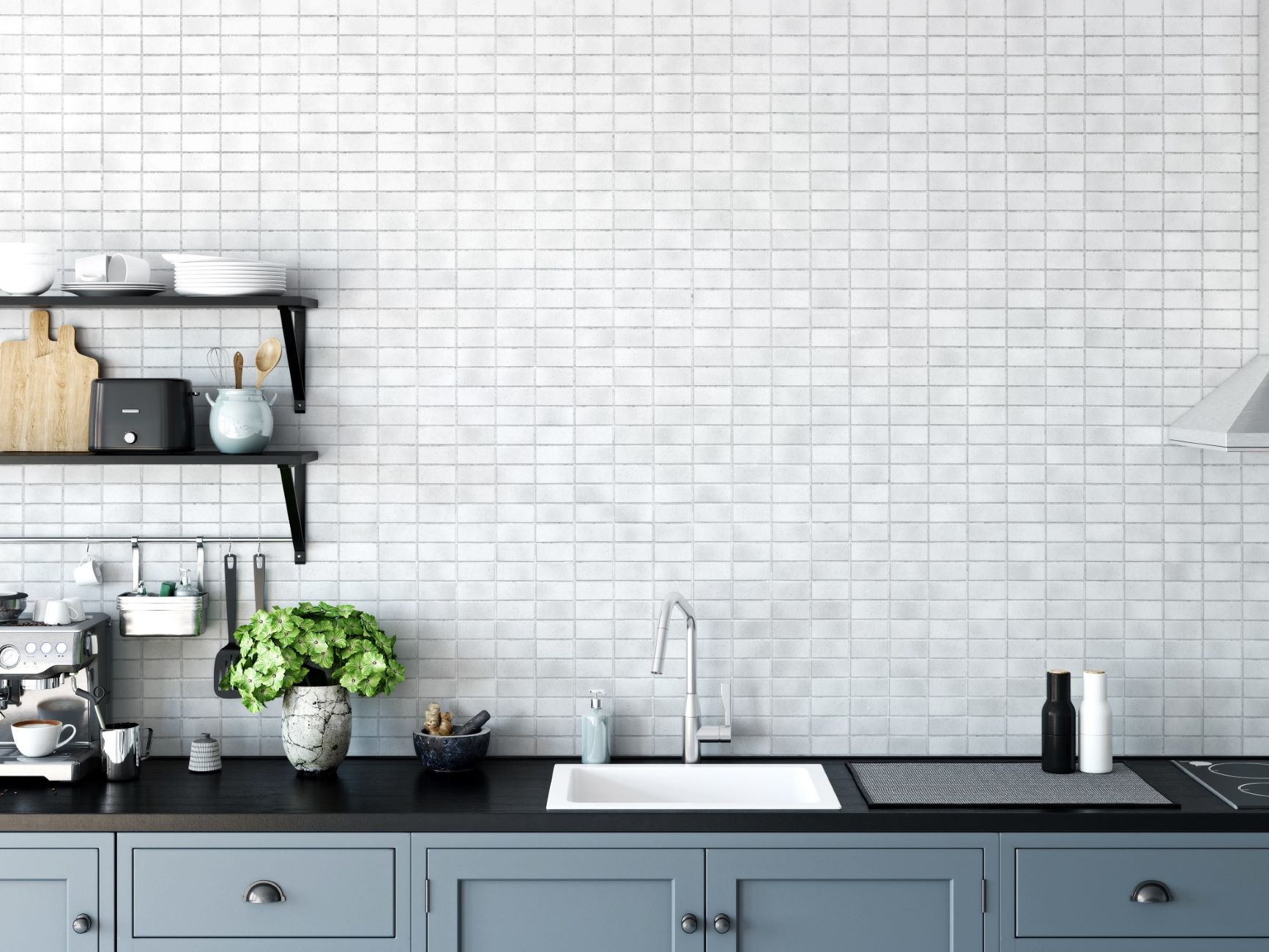
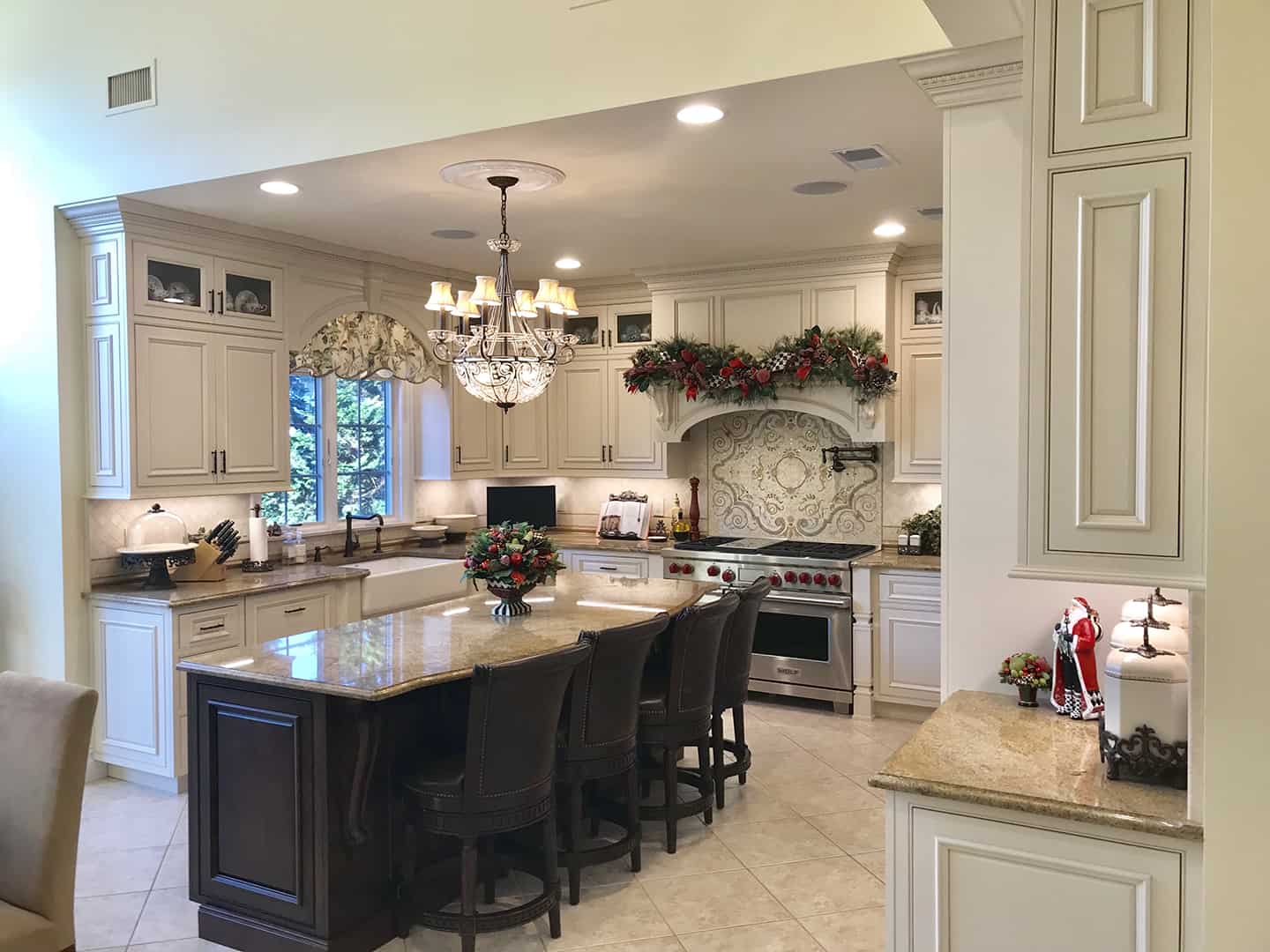
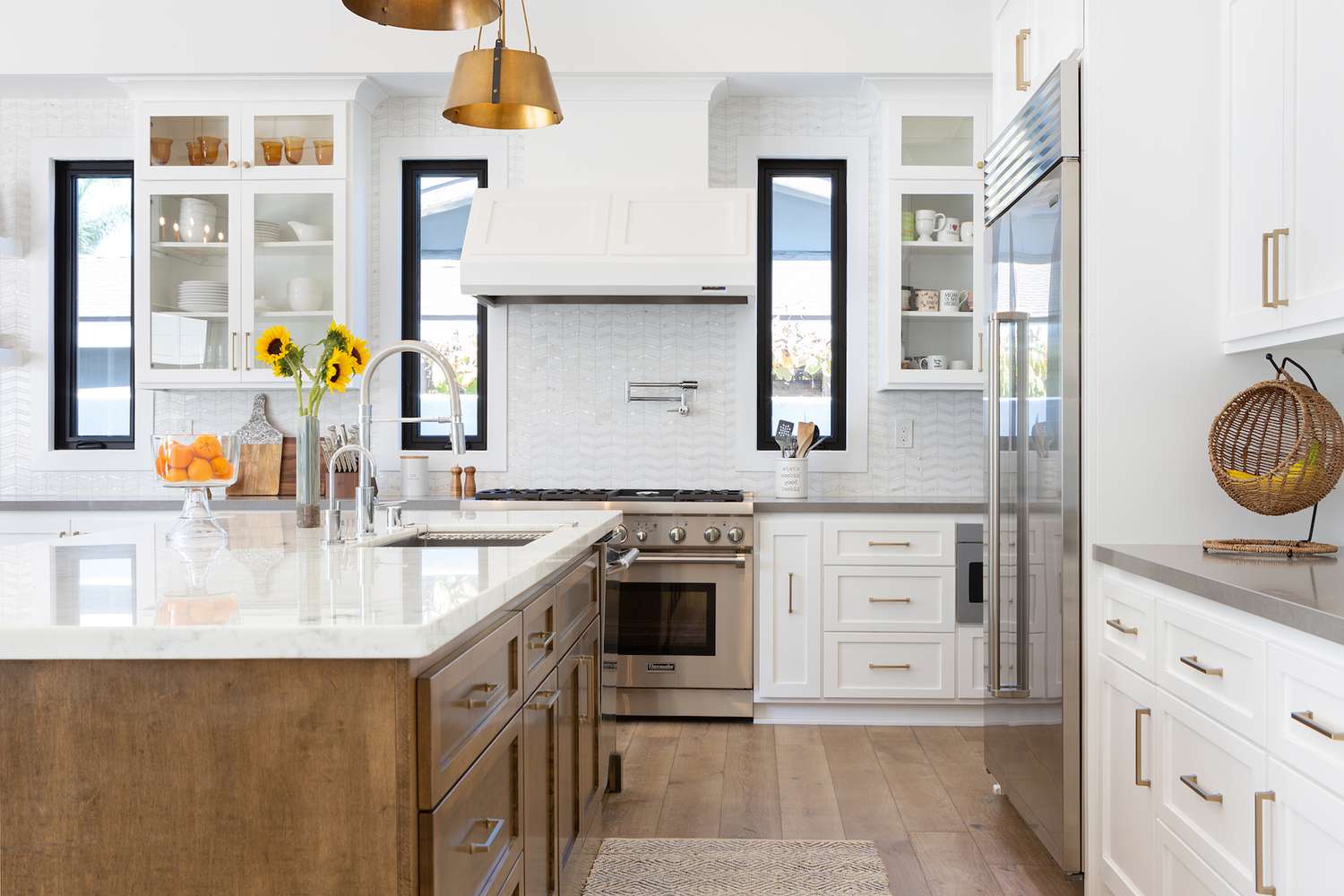
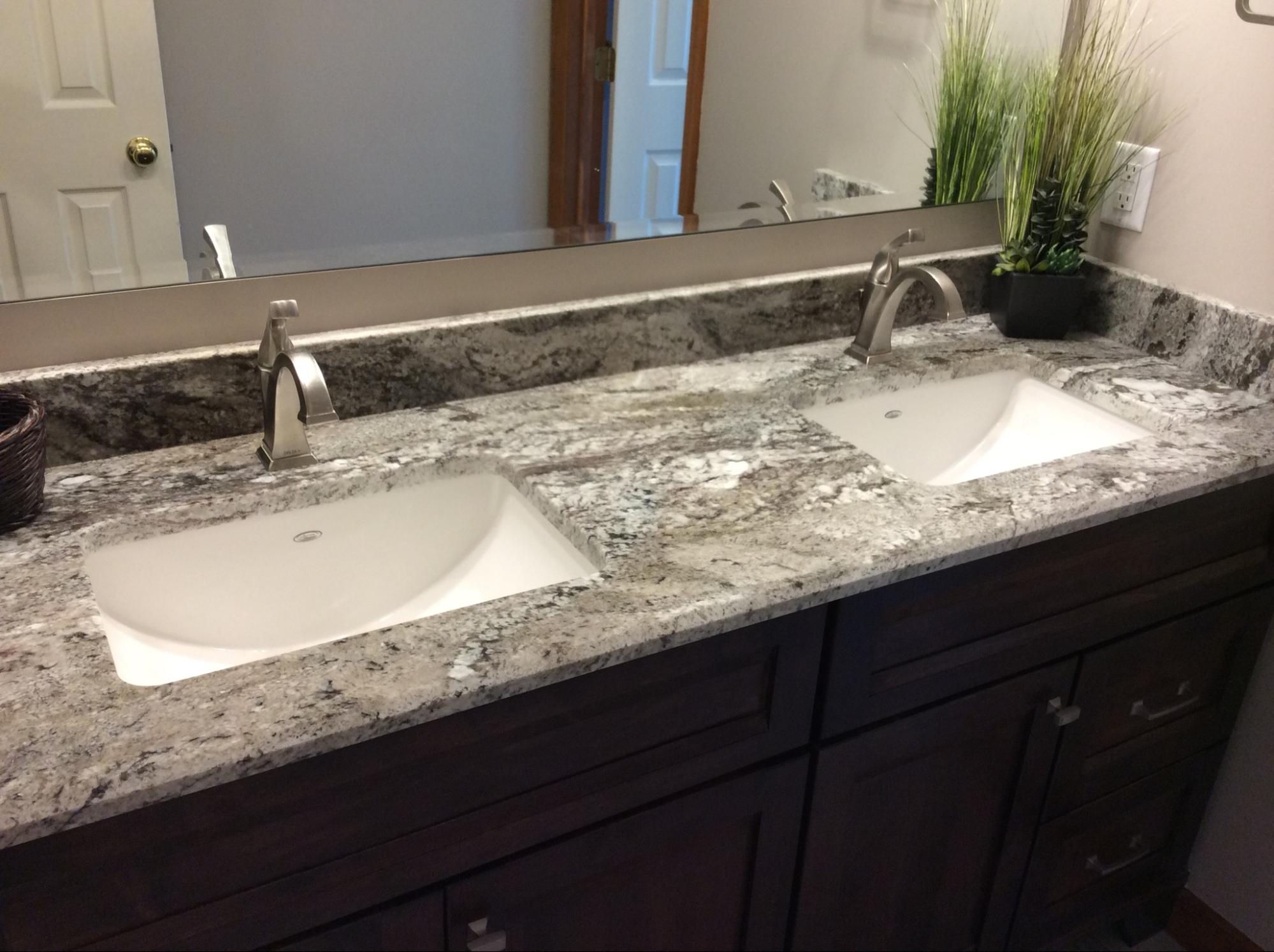
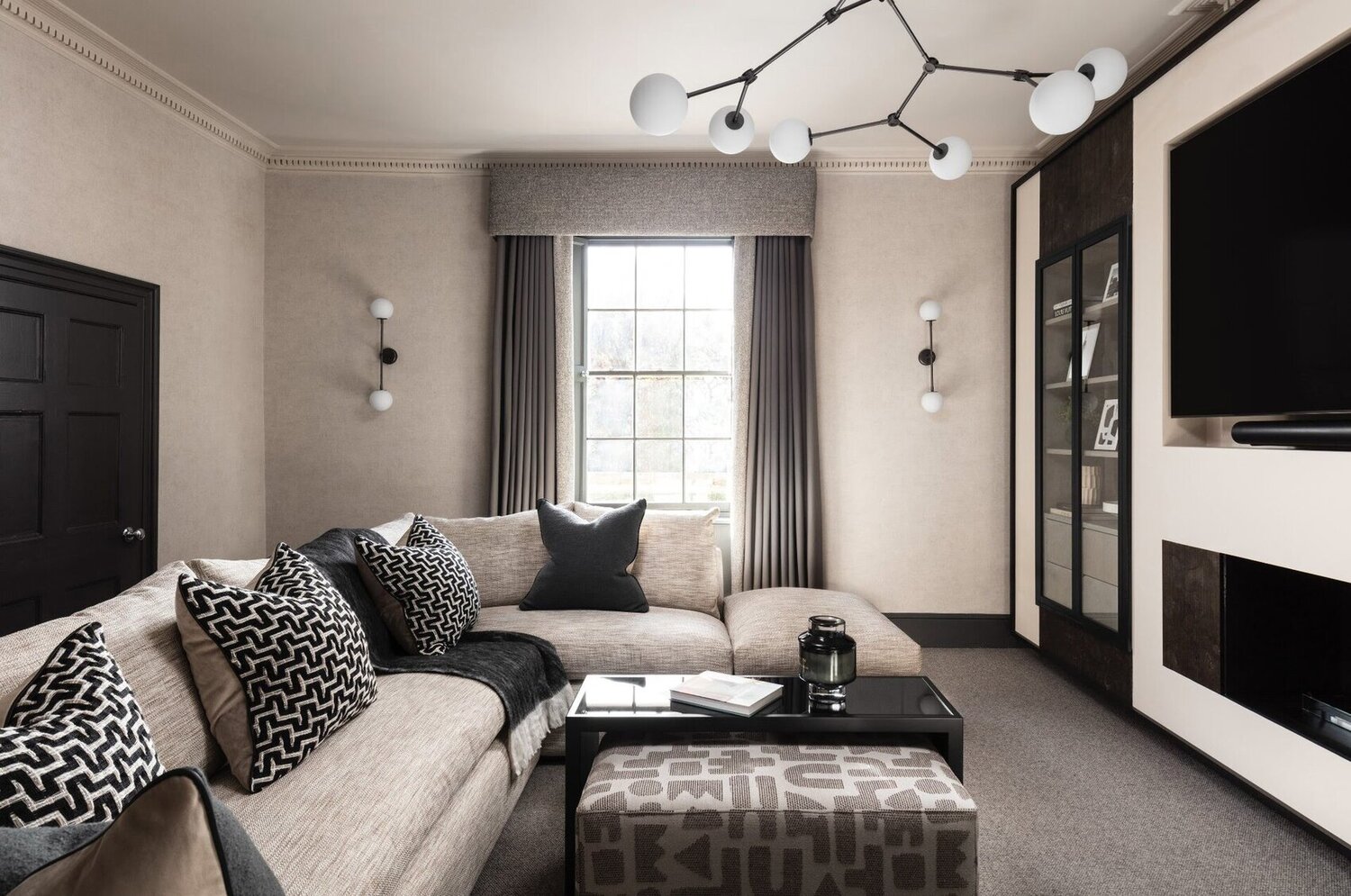
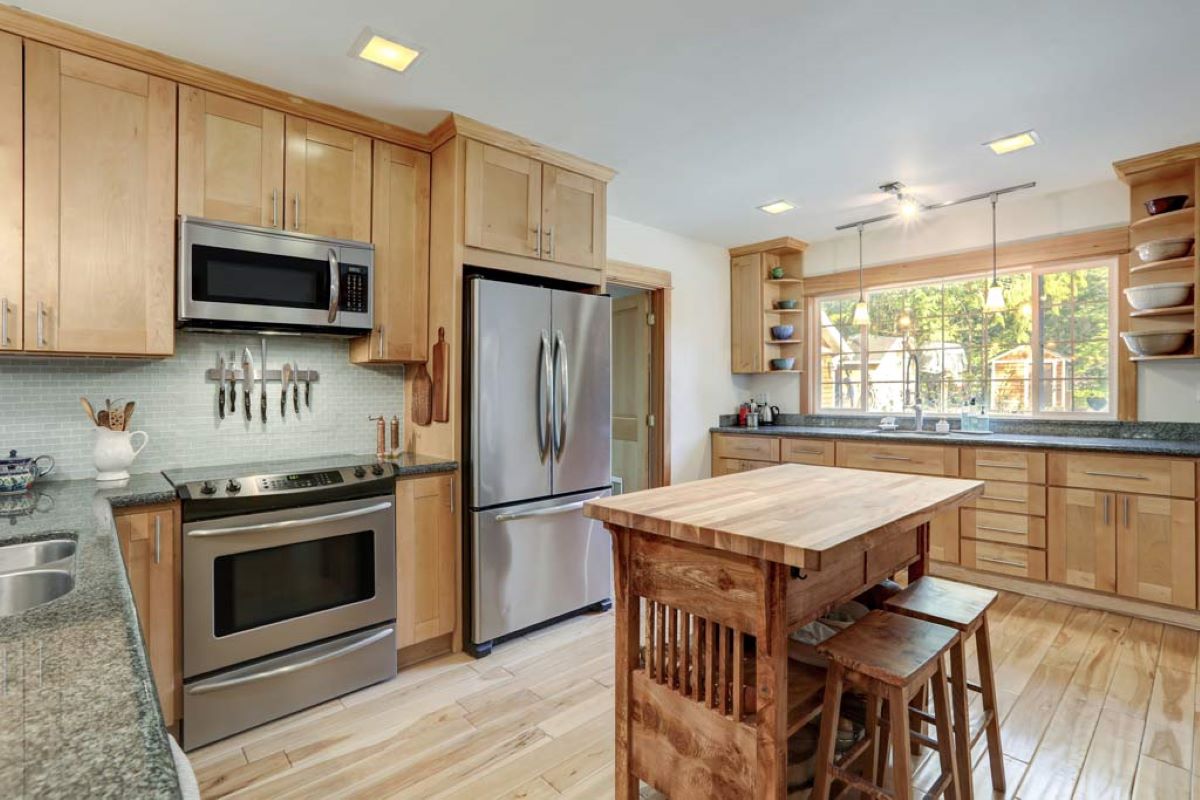
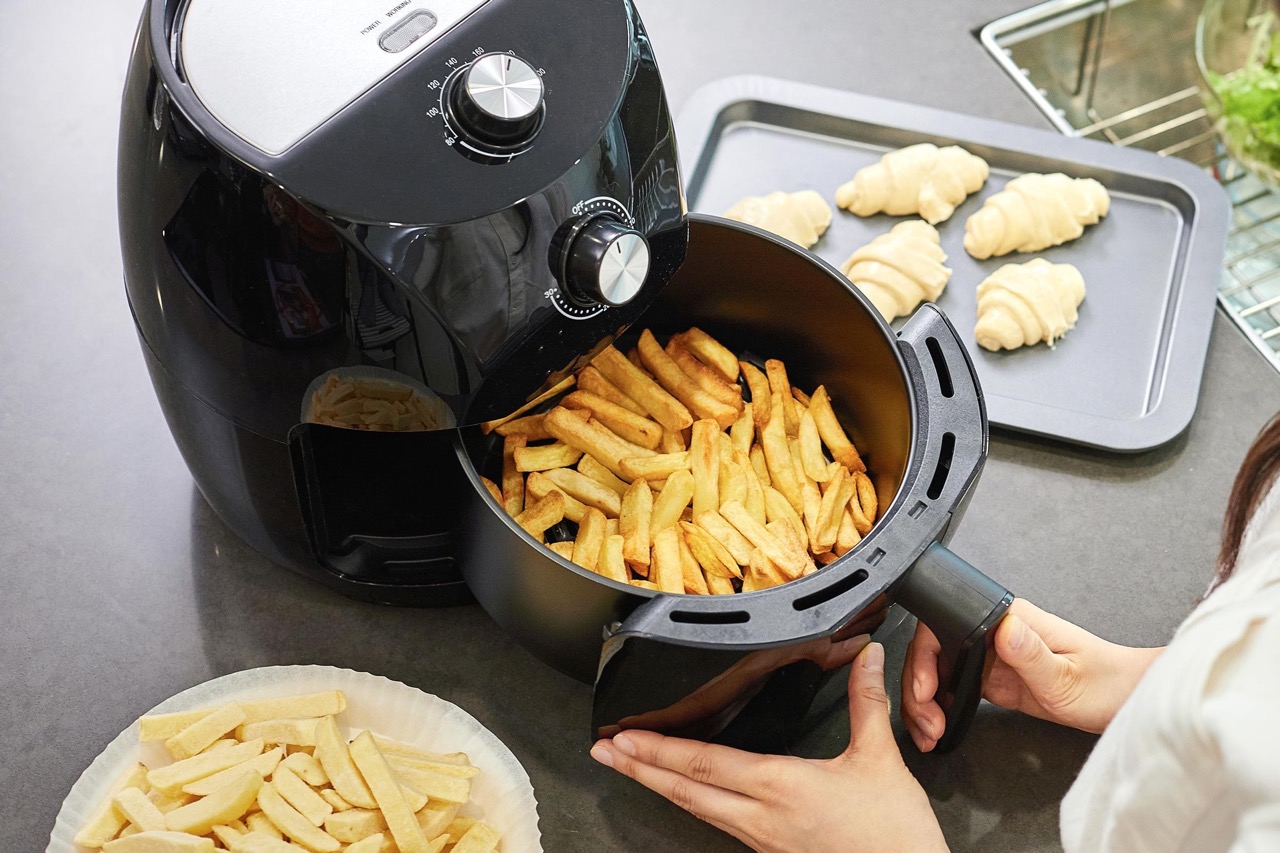
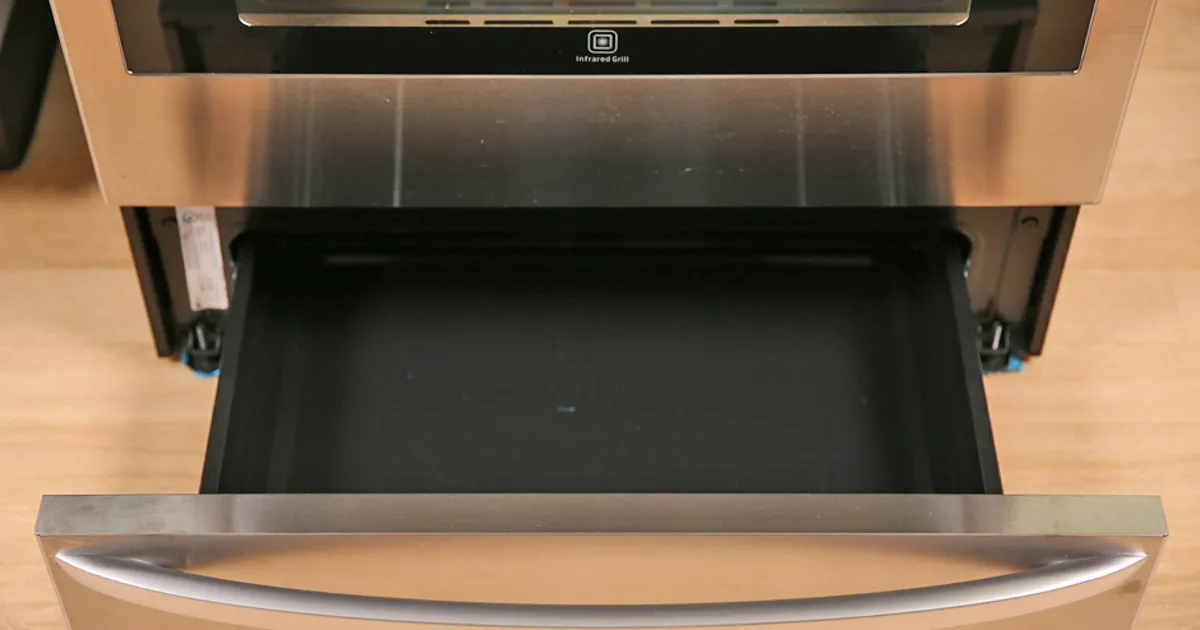
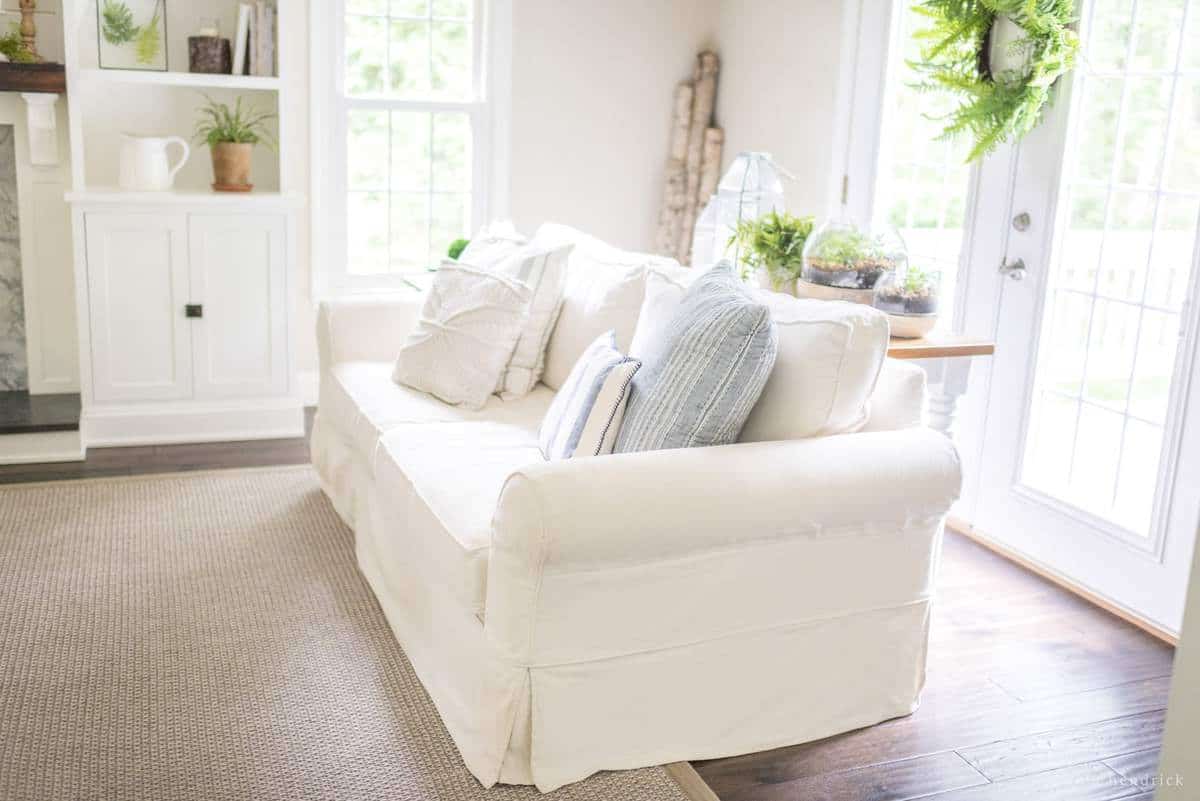
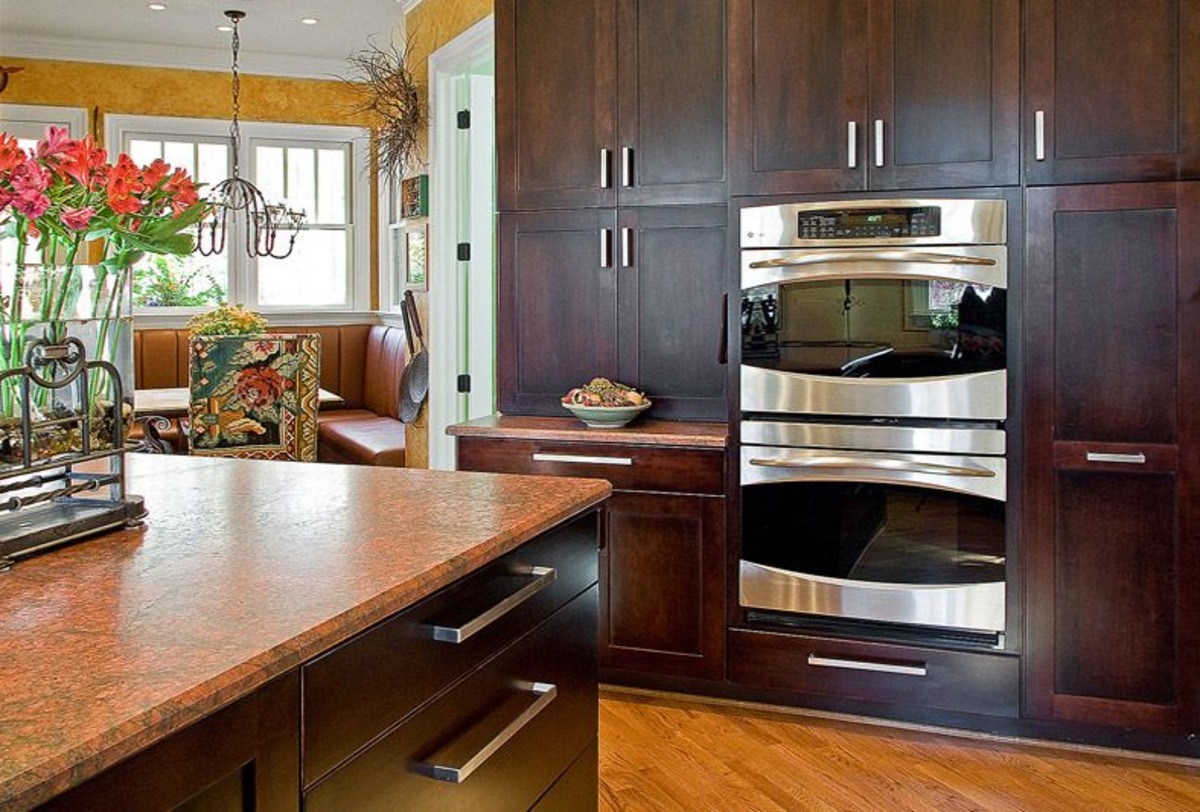

0 thoughts on “Should A Kitchen Floor Match Countertops? Expert Explain”